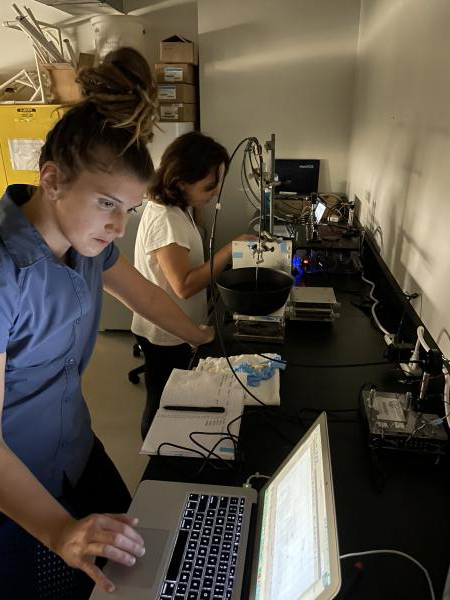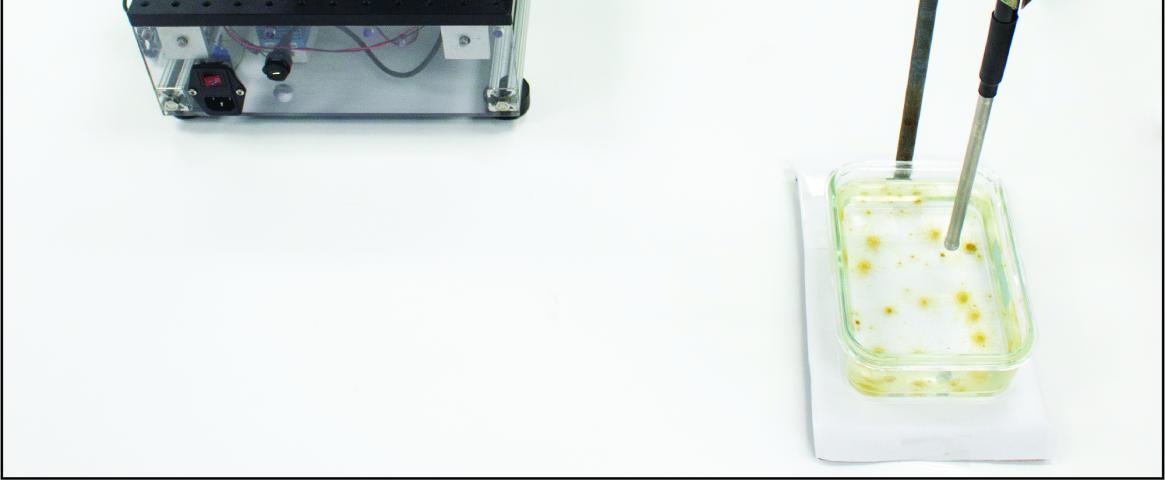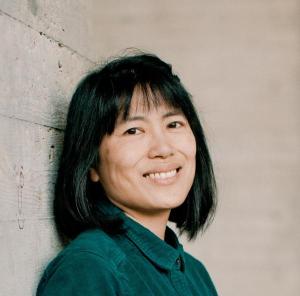This student story was published as part of the 2023 NASW Perlman Virtual Mentoring Program organized by the NASW Education Committee, providing science journalism practice and experience for undergraduate and graduate students.
Story by Hannah Kania
Mentored and edited by Esther Landhuis
A new tool could help combat the effects of coral bleaching amidst rapidly warming seas by leveraging artificial intelligence to identify heat resilient corals.
Corals are symbiotic animals that depend on single-celled algae known as zooxanthellae to survive. When this delicate balance breaks down — due to rising water temperatures, nutrient deficiencies, light changes, or pollution — corals get stressed and turn white, expelling their algae in a process known as bleaching. As a result, corals degrade and reef biodiversity plummets.
Florida’s extraordinarily high water temperatures this July are an “example of a problem that we have known about for a while,” says Kenneth Hoadley, who studies coral symbiosis at the ,University of Alabama. A coral nursery off of Looe Key Florida lost 5,400 coral fragments, and virtually all corals died on Sombrero Reef near Marathon Key. “This is going to be a devastating year for the Keys,” says Victor Bonito, an expert on coral ecosystems with Reef Explorer Fiji Ltd.
As water temperatures continue to rise across the globe, scientists worry that coral bleaching will intensify, particularly as heat waves are expected to continue several years with El Niño, a climatic event associated with warming surface waters. “‘Terrifying’ is the only word that comes to mind,” says Hoadley. “What’s left of the reefs will likely get polished off if this [heat] stays,” adds Bonito.
Hoadley and coauthors turned to AI to improve coral restoration amidst warming seas. Their tool detects fluorescence of a pigment called chlorophyll-a that is found in all zooxanthellae and necessary for photosynthesis–the process that transforms light into energy. Zooxanthellae help regulate the stress response of a coral, so these metrics clue researchers into coral health and future bleaching vulnerability.
The team used their technology, released as a preprint on July 9 and in review at Coral Reefs, to measure fluorescence in different varieties of elkhorn coral, a threatened species in Florida. They collected fluorescence measurements before and after experimental bleaching to identify metrics that correlate with bleaching. These data helped train an AI model to identify resilient corals that can withstand warmer water.
 Scientists test a device that helps identify heat tolerant corals amidst warming seas. They couple this tool with AI in hopes of combating the negative effects of bleaching. Photo by Kenneth Hoadley.
Scientists test a device that helps identify heat tolerant corals amidst warming seas. They couple this tool with AI in hopes of combating the negative effects of bleaching. Photo by Kenneth Hoadley.
Bonito and Hoadley are teaming up to test the device in Fijian waters, whose 500 species of coral make reef restoration challenging. “You are not going to be breeding all [500 species] in the lab,” notes Bonito. To conserve corals, many projects in Fiji are focused on identifying heat tolerant corals and breeding them in tanks, which is laborious. Bonito is interested in using tools such as this AI approach to help streamline the process.
Bonito incorporates Hoadley’s tabletop, wiry tool to identify heat tolerant corals in the field, removing the need for aquariums. Users can get a number off of the device and know within a few minutes whether they want to use that coral for restoration.
While the device seems to work for Acopora, the group that includes elkhorn corals, Bonito doesn’t know if it will produce reliable measurements with other corals. “It might be that in some [corals]...the approach is less effective. But we will see, that is what all this work is about.”
The benchtop model heavily relies on coding and electronics, restricting its use to scientists and those with backgrounds in engineering. It also costs about as much as the annual budget of Bonito’s lab.
The team is working to make their tool more accessible for non-experts. “We are currently working on an underwater model, submersible system,” says Hoadley. The team hopes to produce a lower-cost, point-and-shoot instrument that provides users with one number indicative of coral health. As a result, the model will be “scalable for lots of people, not just scientists, but actual restoration practitioners and people out in the field,” says Hoadley.
Although it’s unlikely that many programs in Fiji will purchase the device, there is still promise for the device in Fijian reef restoration. “We are getting three in [Fiji],” says Bonito. “If I have one, I can go up and down the coast to other projects…and help them.”
Until the tool is ready for large-scale use, others are available. Hoadley sees this new AI-based approach as just a piece of the coral restoration puzzle. “The space of restoration is big…and there is not going to be a single solution for everything.”
Importantly, “while this technology may help us to choose [resilient] corals…it’s not a solution,” Bonito says. As rising water temperatures continue to hurt coral reefs, "this kind of work is buying us more time…until we can really address the real problem." This tool provides positive interventions for reefs, but global action is needed to address the large-scale impacts of climate change.
Main image caption: As heat waves continue to raise alarms for coral bleaching, this benchtop device helps identify heat tolerant corals to aid restoration efforts. When coupled with AI, it can scale for large conservation projects. Credit: Kenneth Hoadley.
Hannah Kania is a Biology PhD student at Duke University. Her research encompasses ideas in speciation, evolution, and genomics. Check out her work at https://hannahpkania.weebly.com/. Follow her on LinkedIn, on Twitter @KaniaHannah, or email her at kania.hannah@gmail.com.
The NASW Perlman Virtual Mentoring program is named for longtime science writer and past NASW President David Perlman. Dave, who died in 2020 at the age of 101 only three years after his retirement from the San Francisco Chronicle, was a mentor to countless members of the science writing community and always made time for kind and supportive words, especially for early career writers. Contact NASW Education Committee Co-Chairs Czerne Reid and Ashley Yeager and Perlman Program Coordinator Courtney Gorman at mentor@nasw.org. Thank you to the many NASW member volunteers who spearhead our #SciWriStudent programming year after year.
Founded in 1934 with a mission to fight for the free flow of science news, NASW is an organization of ~ 2,600 professional journalists, authors, editors, producers, public information officers, students and people who write and produce material intended to inform the public about science, health, engineering, and technology. To learn more, visit www.nasw.org



